Occupational Safety Training in Restaurants
Note: The above price is calculated for one person and may fluctuate depending on the number of participants in the course and market movements. For more accurate pricing support, please refer to the price list or contact our consulting staff directly.
The Restaurant Safety Training Course is a program that equips participants with Group 3 occupational safety knowledge. The course will raise awareness of how to prevent workplace accidents during work. Accordingly, the occupational safety training content closely follows Article 18 of Decree 44/2016/ND-CP.
Table of Contents
Toggle1. Overview of the Restaurant Industry
a. What is the Restaurant Industry?
The restaurant industry is an important part of the service and tourism sector, contributing to the economies of many countries worldwide. Its diversity ranges from small local eateries to luxury restaurants and international restaurant chains. Here is an overview of the restaurant industry:
- Services Provided: The restaurant industry offers a variety of services, including cuisine, hospitality, and entertainment space. Service types may include restaurants, bars, cafés, fast food outlets, buffet-style establishments, and home delivery services.
- Diversity of Styles and Types: The restaurant industry is highly diverse, ranging from local cuisine to international dishes, from small family-run restaurants to large chains.
- Workforce and Management: The restaurant industry requires a diverse workforce, from chefs to waitstaff and management. Effective management is crucial for smooth restaurant operations.
- Quality Requirements: High standards are expected in the restaurant industry, including food quality, service, ambiance, and overall customer experience.
- Competition and Technological Advancement: With increasing competition, businesses in the restaurant industry must continuously innovate and adopt new technologies to attract and retain customers.
- Cost Management Challenges: Managing costs is a major challenge in the restaurant industry, as food, labor, and rental costs often make up the largest portion of total operating expenses.
- Cultural and Customer Experience: Restaurants often create cultural and tourism experiences for customers through service style, interior design, space, as well as unique dishes and menus.
In summary, the restaurant industry is not only about providing food and services but is also an integral part of the culture and economy of many countries worldwide.

b. Tools and Equipment Used in Restaurants
There are several types of tools and equipment in restaurants that may pose safety risks to staff if not used properly or maintained regularly. Here are some examples:
- Knives and Scissors: Sharp knives and scissors, along with other cutting tools, are essential in the kitchen but can cause accidents if not handled carefully. Staff must be trained to use knives and scissors safely, and they should be maintained to stay sharp and prevent accidents.
- Food Cutters: Food cutting machines such as meat slicers, vegetable cutters, and dough cutters can cause injuries if not operated properly or maintained and cleaned regularly.
- Ovens and Steamers: Restaurant kitchen ovens and steamers often operate at high temperatures. Staff need to be trained to handle them safely to avoid burns and explosions.
- Cleaning Machines: Cleaning machines may contain strong chemicals that can harm skin and respiratory systems if contacted directly. Staff should be trained on safe usage, storage, and handling of cleaning agents.
- Elevators and Stairs: Restaurants often have areas with elevators and stairs, which can pose accident risks if not maintained regularly or used safely.
- Lighting and Electrical Systems: Electrical systems in restaurants can cause fire or electric shock risks if not maintained and used properly.

c. Prominent Businesses in the Restaurant Industry
In Vietnam, several well-known businesses in the restaurant industry are recognized for service diversity, quality, and nationwide presence. Notable examples include:
- The Pizza Company: Known for high-quality and diverse pizzas, The Pizza Company is a famous brand in Vietnam’s restaurant industry. They offer a range of pizzas from classic to innovative, catering to diverse customer preferences.
- Phở 24: With the mission of serving delicious and hygienic phở, Phở 24 has become one of the leading phở chains in Vietnam. They are known for their dedication to using fresh ingredients and providing fast service.
- Quán Ăn Ngon: A local-style restaurant chain, Quán Ăn Ngon prides itself on offering traditional dishes from various regions of Vietnam. It is not only a place to enjoy cuisine but also a destination to explore the country’s diverse food culture.
- Trung Nguyen Legend Café: One of Vietnam’s famous coffee brands, Trung Nguyen Legend Café is not only a destination for quality coffee but also for experiencing a unique ambiance and professional service.
- Highlands Coffee: With a network of stores across major cities, Highlands Coffee is a well-known coffee brand in Vietnam. They focus on creating comfortable and stylish spaces, combined with high-quality coffee, to deliver a unique customer experience.

d. Specific Jobs in the Restaurant Industry
Working in a restaurant requires diversity and flexibility in tasks. Common roles include:
- Customer Service: Waitstaff greet customers, guide them to tables, provide menus, take orders, serve food and beverages, and ensure customers are well taken care of.
- Chef: Kitchen staff are responsible for preparing dishes according to customer orders, including cooking, plating, and presentation.
- Kitchen Assistant: Assists chefs with ingredient preparation, cleaning, organizing work areas, and sometimes preparing parts of dishes.
- Cashier: Handles payments, processes transactions, issues receipts, and performs money-handling tasks.
- Reservation and Reception: Manages table bookings, confirms reservations, and guides guests to their tables. Also assists with pre-orders.
- Restaurant Cleaning Staff: Cleans and maintains the restaurant, including the kitchen, dining area, restrooms, and customer areas. Checks food safety and hygiene standards.
- Restaurant Management: In large restaurants, positions include restaurant manager, kitchen manager, service manager, and operations manager. They oversee staff, daily operations, and service quality.
- Bartender/Drink Preparation: Prepares beverages such as cocktails, soft drinks, juices, and coffee according to customer requests.
2. Overview of Restaurant Industry Occupational Safety Training
a. What is Restaurant Industry Occupational Safety Training?
- Occupational safety training in the restaurant industry equips workers with knowledge on preventing workplace accidents. Those who work directly in the restaurant industry fall under Group 3.
- The training course helps workers recognize hazards, avoid risks, and reduce the likelihood of workplace accidents.
REGISTER FOR OCCUPATIONAL SAFETY TRAINING SERVICE
b. Training Duration
Initial Occupational Safety Training:
- Total training hours must be at least 24 hours, including exam time.
- 8 hours of theoretical study on occupational safety and hygiene laws and policies.
- 8 hours of theoretical study on basic occupational safety and hygiene knowledge.
- 4 hours of theoretical study on specialized industry training content.
- 2 hours of practical training on specialized content.
- 2 hours for final theoretical exam.
Training centers usually divide the schedule into multiple sessions depending on employees’ availability. Typically, there are 6 sessions over 3 days, provided the company arranges continuous study time.
Periodic Occupational Safety Training:
- Before the occupational safety card expires, workers seeking renewal must undergo periodic occupational safety training, with periodic training hours being at least 50% of the initial training hours.
Explanation: Total periodic training time must be at least 12 hours, including exam time. Upon completion and passing the exam, workers are reissued or renewed an occupational safety card.
c. Training Content
| No. | TRAINING CONTENT | TRAINING HOURS | |||
| Total | Including | ||||
| Theory | Practice | Exam | |||
| I | Occupational Safety Policies and Laws | 8 | 8 | 0 | 0 |
| 1 | Overview of legal documents on occupational safety and hygiene. | 6 | 6 | ||
| 2 | Standards and technical regulations on occupational safety and hygiene. | 1 | 1 | ||
| 3 | Specific regulations of state management agencies regarding safety when building, expanding, or renovating facilities, and handling machines, equipment, materials with strict safety requirements. | 1 | 1 | ||
| II | Basic Knowledge of Occupational Safety and Hygiene | 8 | 8 | 0 | 0 |
| 1 | Basic knowledge of hazards and harmful factors in the workplace. | 4 | 4 | ||
| 2 | Methods to improve working conditions. | 1 | 1 | ||
| 3 | Safety culture in production and business. | 1 | 1 | ||
| 4 | Rights and duties of employers and employees; safety policies; roles of safety personnel. | 1 | 1 | ||
| 5 | Occupational safety regulations, signs, safety devices, personal protective equipment; first aid and occupational disease prevention skills. | 1 | 1 | ||
| III | Specialized Training Content | 6 | 4 | 2 | 0 |
| Comprehensive knowledge of machines, equipment, hazardous substances; risk assessment and management; safe working procedures. | 6 | 4 | 2 | ||
| IV | Final Occupational Safety Exam | 2 | 2 | 0 | 0 |
| Total | 24 | 22 | 2 | ||
See more training content for all 6 groups
d. Occupational Safety Card
After completing the occupational safety training and passing the exam, workers are issued a Group 3 Occupational Safety Card (commonly called Group 3 Safety Certificate).
The card displays information such as name, date of birth, specific job and work environment, training duration, official stamp, and signature confirming completion.
According to regulations under Clause 2, Article 24, Decree 44/2016/ND-CP, there are two cases:
- If the employer and employee have a labor contract, the employer must sign, stamp, and endorse the card for the Group 3 employee after training and passing the exam.
- If the worker is freelance or seasonal without a labor contract, the training unit must sign, stamp, and endorse the card after training and passing the exam.

3. Identifying Hazards in the Restaurant Industry
In the restaurant industry, employees may face various hazards. Below are some common hazards that employees in this sector may encounter:
- Food Safety Issues: Failure to comply with food safety regulations can lead to bacterial contamination, allergens, or other health risks for customers, damaging the restaurant’s reputation and causing economic loss.
- Workplace Accidents: Restaurant staff often work in busy environments and may face workplace accidents such as slips, cuts, or collisions with kitchen equipment.
- Hygiene Risks: Employees may come into contact with disinfectants, grease, and other waste materials, posing risks of skin damage, allergies, or contamination.
- Security Risks: Restaurants may be targets of crime, including robbery, payment fraud, or theft of customers’ personal information.
- Work Pressure: The restaurant environment often requires employees to work quickly and efficiently in short periods, which can lead to stress and mental fatigue.
- Conflicts with Customers or Colleagues: Staff may encounter dissatisfied customers or conflicts with colleagues, which can reduce productivity and create an unhealthy work environment.
- Health Risks: Working in restaurants can pose health risks such as stress, lack of sleep, and unhealthy lifestyles due to irregular eating and working habits.
- Exposure to Banned Substances or Addiction: Some employees may be exposed to banned substances or may develop addictions due to work pressure or an unhealthy work environment.

4. Safety Measures for the Restaurant Industry
To ensure employee safety in the restaurant industry, several safety measures should be implemented:
- Training and Guidance: Provide comprehensive training on occupational safety, food hygiene, and emergency procedures for all new employees and ongoing training for current staff.
- Personal Protective Equipment (PPE): Ensure that employees are provided with and correctly use PPE such as gloves, masks, goggles, and safety shoes to protect against chemicals, banned substances, and other physical hazards.
- Food Safety: Comply with hygiene and food safety regulations, including maintaining safe temperatures, using safe food preparation techniques, and controlling food sources to prevent contamination and bacterial risks.
- Chemical and Hazardous Substance Management: Store and use chemicals and banned substances according to manufacturer guidelines and safety regulations, and provide training on safe usage and handling.
- Workplace Risk Management: Assess and manage occupational risks such as slips, hygiene issues, and accidents by implementing preventive measures and conducting regular inspections.
- Security and Safety: Install security systems such as surveillance cameras, alarms, and proper lighting to minimize risks from crime and accidents.
- Work Pressure Management: Create a positive, supportive work environment and set reasonable schedules to reduce stress and mental strain.
- Ensure Personal Hygiene Safety: Provide facilities and equipment for employees to maintain personal hygiene, such as sinks, soap, paper towels, and sanitizers.
- Periodically conduct occupational environment monitoring in workplaces to collect and analyze harmful factors affecting employees, then adjust to reduce hazards and prevent occupational diseases.
5. Benefits of Occupational Safety Training in the Restaurant Industry
An Toàn Nam Việt provides your business with the following benefits after completing occupational safety training courses as required by Decree 44/2016/ND – CP on Occupational Health and Safety:
- Employees can identify potential workplace hazards and take preventive measures to avoid accidents.
- Your business can establish risk prevention measures in production, operations, and maintenance processes.
- Reduce costs associated with safety risks in the workplace.
- Uninterrupted production helps increase labor productivity and product quality.
- Ensure compliance with occupational safety laws and avoid legal risks.
- Enhance reputation and professionalism, thereby elevating your brand.
Nam Việt’s training courses serve as a preventive solution against external hazards, helping individuals avoid injuries or worse, fatalities.
REGISTER FOR OCCUPATIONAL SAFETY TRAINING SERVICES
6. Customer Feedback After Completing Training
An Toàn Nam Việt has years of experience supporting numerous businesses in Vietnam, particularly in the southern provinces. This responsibility is invaluable, which is why our Occupational Safety Training is increasingly professional. Our growth is fueled by positive feedback and constructive input from businesses we serve. Below are testimonials from our partners.
See more customer interviews after using our services at An Toàn Nam Việt
7. Occupational Safety Training Capability of An Toàn Nam Việt
An Toàn Nam Việt is a reputable and quality occupational safety training center in Vietnam, offering continuous training at factories, production facilities, and construction sites across all 63 provinces.
REGISTER FOR OCCUPATIONAL SAFETY TRAINING SERVICES
Occupational Safety Training License
- An Toàn Nam Việt has been inspected and certified by the Department of Labor Safety under the Ministry of Labor, Invalids and Social Affairs, granting the certificate of eligibility to conduct occupational safety and hygiene training, further reinforcing our training capacity.

Training Materials and Lectures
- Before being used in occupational safety training courses, all training materials are reviewed to ensure knowledge accuracy and effectiveness.
- Instructors’ teaching methods are standardized according to An Toàn Nam Việt guidelines, developed by experts in occupational health and safety training to maximize knowledge retention for trainees.
Facilities
- Controlling classroom factors that affect training enhances teaching efficiency and knowledge retention.
- Our training facilities are spacious and meet standards for area, lighting, and training equipment.
8. Nationwide Reputable and Quality Safety Training Center
At An Toàn Nam Việt, we prioritize occupational safety training. Our goal is to equip workers with the knowledge to protect themselves, contributing to national development.
We prepare meticulously for effective training, from tools and equipment to teaching materials, sound, and lighting.
Our instructors are experienced specialists who have conducted research on hazard identification across industries and prevention methods.
Lectures are practical, engaging, and easy to understand, ensuring learners absorb knowledge effectively. Content strictly follows Decree 44/2016/ND-CP.
Trainees learn hazard prevention methods and self-protection techniques applicable to their work.
Our training center proudly offers professional, reliable occupational safety training with advantages:
- Competitive training fees without compromising quality.
- Flexible training schedules adapted to company production.
- Fast certification procedures compliant with the law.
- Experienced instructors with long-term expertise.
- Classrooms optimized for teaching efficiency and knowledge retention.
- Training materials tailored to company occupational safety needs.
- Dedicated, professional support ensuring accurate and timely service.

9. Additional References for Restaurant Industry Occupational Safety Training
- Restaurant Occupational Safety Materials
- Occupational Safety Training Materials Set
- Occupational Safety Training Test Set
- Restaurant Occupational Safety Quiz
- Restaurant Occupational Safety Training Slides
1 review for Occupational Safety Training in Restaurants
No comments yet

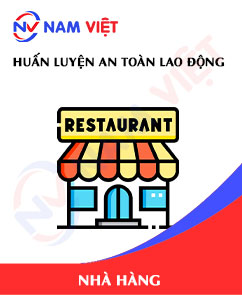
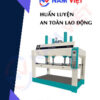
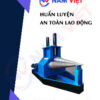




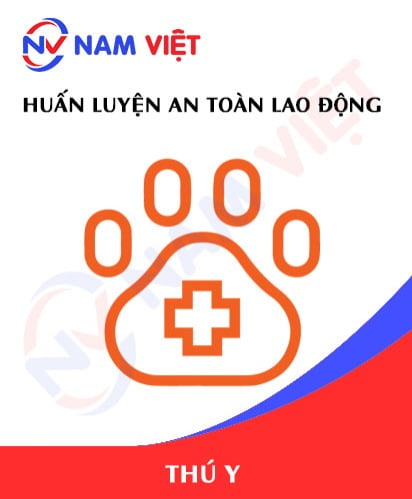
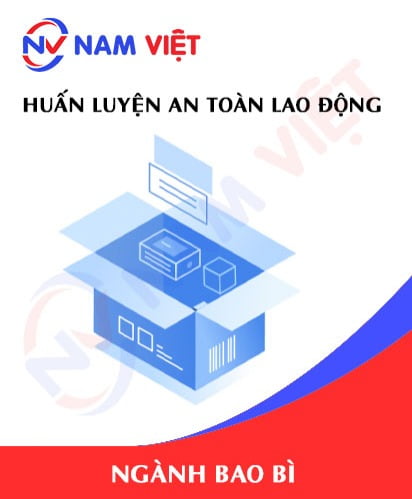
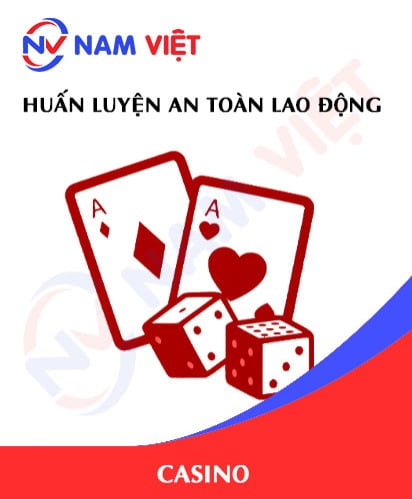
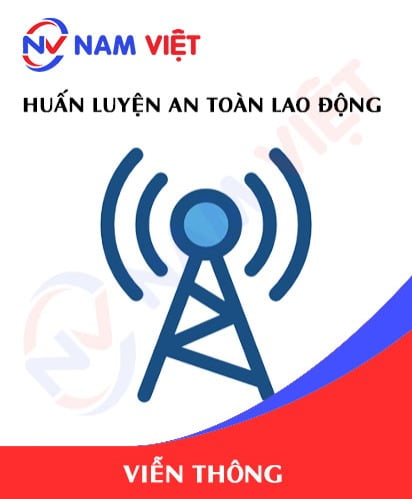
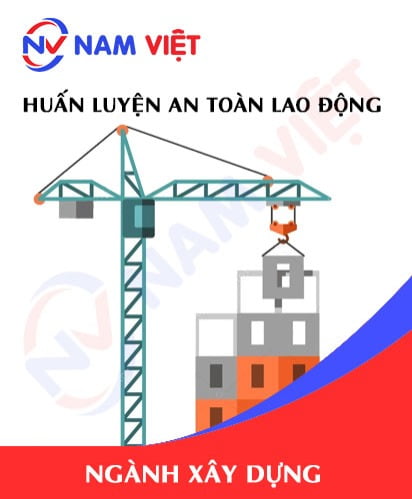
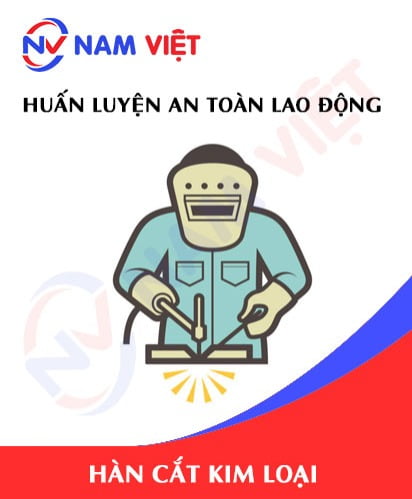
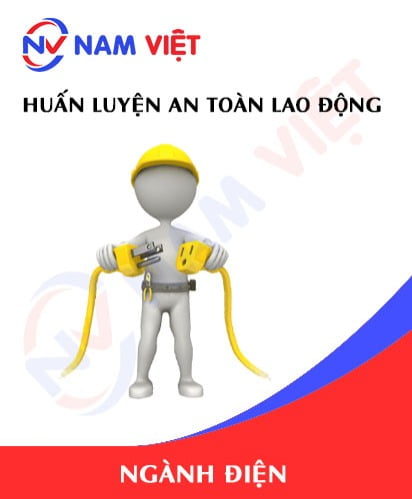
phanminhhang341
Trung tâm huấn luyện an toàn lao động chuyên nghiệp ở Việt Nam nha